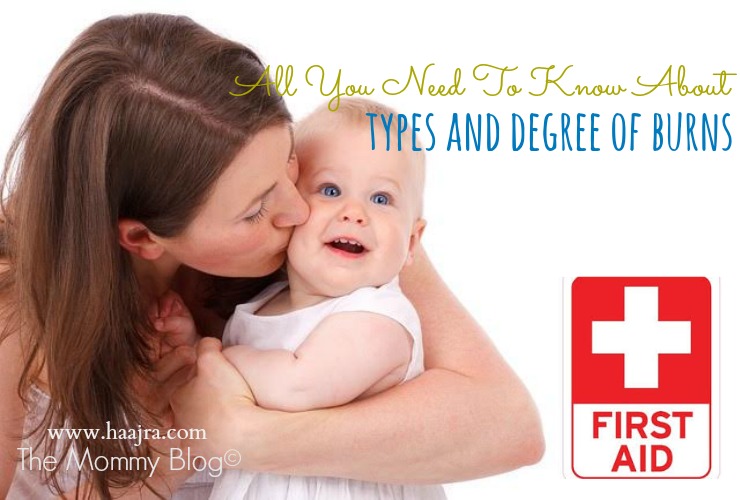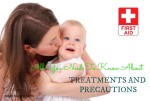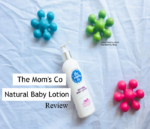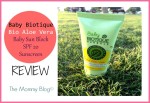As much as we hate to admit, our little explorers WILL get into trouble. We really can’t (and shouldn’t), keep their curiosity bottled up. As parents, it is our duty to ensure that we are well equipped with basic First Aid procedures. By taking a few immediate steps, we can make sure that the situation does snowball out of control. Afterall, it hurts the parents just as much when they see their babies suffer.
Before we get started, let’s take a few minutes to understand the different kinds and degrees of burns you may encounter. The method of treatment will differ with each, so its vital that we ascertain what we are dealing with.
Types Of burns-
1) Scalds:
It is one of the most common kinds of burns faced by children in every household. Shockingly, scald injuries are seen mostly in children under the age of 5. These burns are caused by hot water including hot showers, steam, hot cooking oils, hot liquids like coffee, tea and hot foods etc.
2) Fires / Hot Objects:
Burns due to direct contact of the skin with flames including ones on candles, fireplace, matches etc. This category also includes burns caused by touching very hot surfaces like hot iron, curling rods, hair straightners, and stove to name a few.
3) Chemical:
Burns caused by touching or ingesting chemicals like the ones found commonly in every household. For example; bleach, drain cleaner, and batteries. Majority of the chemical burns are extremely severe and can result in permanent damage to the skin and tissue area.
4) Electrical:
A common cause of burns, occurring when a child comes into contact with dangerously high electrical voltage. Seen mostly in exploring toddlers who tend to stick fingers in electrical outlets, or the ones prone to pulling and biting on wires.
5) Sunburn:
Caused due to excessive exposure to a harsh sun. The sun’s rays are the strongest between 10am and 4pm. It is best to stay indoors, or wear sun protective clothing, along with using a liberal amount of baby friendly (and waterproof) sunscreen. Remember to buy a sunscreen with a Sun Protection Factor of atleast 30. It is also useful to know:
- Sunburn can occur even whilst swimming
- Some ultraviolet sun rays can even penetrate clouds
- Reapplication is vital as sweating will wear it off in approximately 2 hours
Sunburnt skin turns red, hurts, and many severe cases will develop swelling and blisters. A few days later skin peels and itches as the body tries to get rid of the damaged cells. It is important to stay hydrated, cool the sunburn with cold compress, or rub a cream/gel containing Menthol, Camphor or Aloe.
Stay tuned for the coming posts on degrees, treatments and precautions exclusively for you.













Useful post…Waiting for your next post😊😊
Thank you. Here’s the part 2 http://www.haajra.com/basic-first-aid-all-you-need-to-know-about-treatment-and-precautions-for-burns-in-children-part-2/ xx
Very informative post ..
Glad you found it informative. 🙂